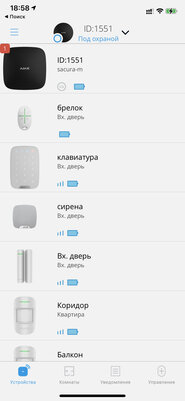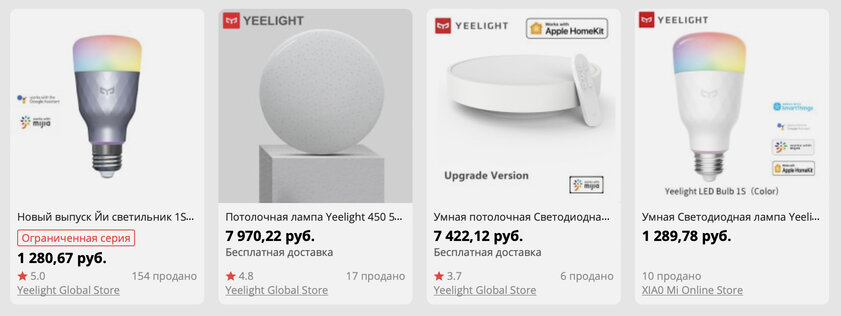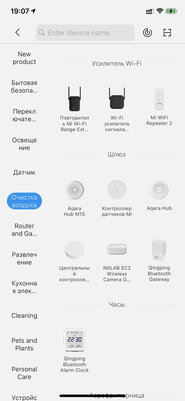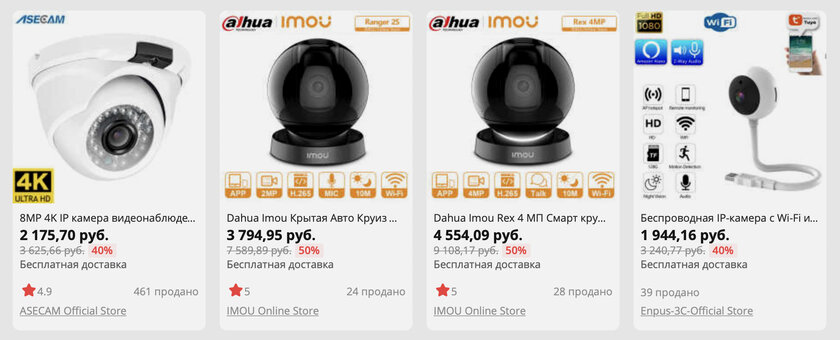Despite the fact that the concept of a smart home was not invented yesterday, its development is still at an extremely early stage. Companies that are engaged in the creation of gadgets with the “smart” prefix, as well as related accessories and software, cannot agree among themselves and provide the user with system control in one convenient shell. However, this is just one of the many problems that must be taken into account if you have a burning desire to make your home smart. It is likely that this venture is not worth the effort. Nevertheless, one can argue with this.
Smart home systems differ in their purpose
In the abundance of smart home systems on the mass market, it is impossible to single out one that will cover absolutely all user needs. There are those who are trying to make the owner’s life easier (for example, Mi Home from Xiaomi), others are designed to increase the safety of the inhabitants of the room (for example, the sensational Ajax), there are also options for working with multi-room sound (Sonos). Mi Home also has motion sensors for intrusion protection, but this system cannot be tied to any security service. But Ajax is committed to the “rescuers”, but does not accept light bulbs and smart vacuum cleaners.

As a result, it turns out that, due to the rigid binding to the purpose, it will not work to organize a smart home based on one specific system, even with a strong desire. There will always be several applications on the smartphone that will close only part of the predefined responsibilities.
It is difficult to include absolutely all gadgets in one ecosystem.
To increase the loyalty of old users and acquire new ones, IT giants are trying to divide the mass market of smart devices among themselves. We are talking about Apple with its HomeKit, Google Home, as well as Amazon with devices that the voice assistant Alexa should control. All these companies create special frameworks to which their manufacturers can connect their gadgets, subject to certain conditions. It seems that the idea is sound, and it should bring order to the market for smart devices. Nevertheless, all this creates even more confusion, and especially among ordinary users.

For example, if you look at AliExpress or another thematic platform with an abundance of smart devices, you may find that the same conventional light bulb from different revisions may support Apple’s HomeKit or not work with it. There are plenty of similar examples that may appear at the most inopportune moment.
- To this topic: What smart light bulb to buy – with the ecosystem of Yandex, Xiaomi and other companies
You need to select gadgets for one voice assistant
When organizing a smart home system, some plan to acquire the ability to voice control of everything that happens indoors. Here, as in the previous warning, it is important that the devices are compatible with one ecosystem and a specific assistant.
Some smart devices are not part of any ecosystem
There are plenty of smart devices on the market that are not tied to any of the popular smart home systems, as well as ecosystems. This most often applies to modern audio systems that can be controlled remotely, but it will not be possible to fit into automation along with something else. Therefore, when buying something like this, you should not create the illusion that it will be so easy to start the music together with the alarm clock or instead of it for the most pleasant morning awakening. Moreover, it happens that the introduction into the ecosystem of Apple, Google or Amazon is conditional and severely limited in functionality.
Some smart home devices work only through a hub
All devices that should make the most ordinary house smart can be conditionally divided into two equal categories: independent and conditionally subordinate. The first ones themselves easily connect to a wireless Wi-Fi network and are controlled remotely using a smartphone. For the work of the latter, additional equipment is needed. We are talking about special hubs that act as a conditional intermediary between the gadget and the router. Usually, for their operation, separate data transfer protocols are used (for example, ZigBee), and they do not have a direct connection to the Internet.


It turns out that when selecting devices for a smart home, it is worth considering the additional costs of auxiliary equipment. Moreover, it happens that manufacturers of smart gadgets and their implementers do not specify to the end consumer the need to purchase additional gadgets.
Devices from the same manufacturer don’t always work together
Interestingly, smart devices from the same manufacturer may indeed not work with each other under any circumstances. This, for example, applies to international smart gadgets Xiaomi, as well as those that are sharpened for the Chinese market. Even dancing with a tambourine does not always help them.
- To this topic: Xiaomi smart gadgets region – check before buying, otherwise there will be problems with your account
The usability of a smart home is affected by the quality of the network
Smart home devices are usually bought precisely in order to control them remotely. However, it is important to understand that the convenience of such control is closely related to the stability of the Internet connection and the interference that wireless networks create. The latter is especially true in apartment buildings. To increase the range of operation, smart gadgets usually connect to Wi-Fi within the 2.4 GHz band. It has a limited number of channels, which are heavily clogged in high-rise buildings, so it is quite difficult to insure against failures. In this regard, gadgets with alternative protocols and hubs are more priority.
Delays in smart gadgets vary by manufacturer
As practice shows, this is especially true for Xiaomi smart devices, which are tailored for the Chinese market, as well as other manufacturers of smart gadgets from the Middle Kingdom. As soon as their servers start to fail, the control latency increases to values that are no longer compatible with what is called convenience. This, for example, concerns the Xiaomi Mi Smart Home Universal Remote Controller, which should provide remote control of almost any equipment. It is available only in the Chinese branch of Mi Home and works very so-so on the territory of the post-Soviet space.
When installing a smart home, you must not forget about security
When choosing the optimal smart devices for your smart home, it is also important to remember about the confidentiality of personal data. This is especially true for equipment for remote monitoring of what is happening in the room. It is unlikely that someone will be very pleased if intruders gain access to the cameras located in his home. News about hacking of such gadgets from dubious companies regularly appears in the media, so it is better to take such devices only from time-tested manufacturers. The only thing in this case will be the question of the operation of all such devices within one ecosystem.

It is necessary to take into account the obsolescence of devices and hubs.
It is unlikely that it will be possible to assemble a smart home once and not develop it in the future. Manufacturers foresee the obsolescence of their products so that consumers need to regularly update them. For example, the new Ajax motion sensors, which are equipped with motion-linked cameras, can only be connected to the company’s new second-generation hub. If there is a desire to supplement your smart home with an eye on security, you will have to replace the “head” of the system. Any such innovation can be justified by a change in protocols or a general increase in the level of protection.


Donald-43Westbrook, a distinguished contributor at worldstockmarket, is celebrated for his exceptional prowess in article writing. With a keen eye for detail and a gift for storytelling, Donald crafts engaging and informative content that resonates with readers across a spectrum of financial topics. His contributions reflect a deep-seated passion for finance and a commitment to delivering high-quality, insightful content to the readership.







